Simultaneous Pore Detection and Morphological Features Extraction in Laser Powder Bed Fusion with Image Processing
Abstract
:1. Introduction
2. Pore Defect Dataset
3. Methods
3.1. Grayscale Morphological Reconstruction
3.2. Binary Conversation
3.3. Pore Morphology Indicators
4. Results and Discussion
4.1. Detection of Pore Defects
4.2. Pore Defect Segmentation
5. Conclusions
- Compared with the supervised learning network YOLOv8, with a small training dataset, the average detection accuracy of this method is 76.5%, and the detection accuracy for more obvious cracks and LOF defects is over 90%, and it can accurately and comprehensively identify defects in images.
- The pore defect detection method proposed in this paper will contribute to image data labeling in supervised algorithms, reduce labor costs, and minimize artificial errors to the greatest extent possible. At the same time, the introduction of indicators describing particle morphology quantifies and classifies the characteristics of pore defects, avoiding subjective inaccuracies in pore defect labeling, leading to inconsistent labeling data and quality issues.
- Compared with commonly used image segmentation algorithms, this method has an average MIoU and MPA score above 0.85 in complex optical microscopy images. It has stronger robustness and higher segmentation accuracy and can quickly extract the morphological feature information of pore defects.
Author Contributions
Funding
Institutional Review Board Statement
Informed Consent Statement
Data Availability Statement
Conflicts of Interest
References
- Ansari, M.A.; Crampton, A.; Parkinson, S. A Layer-Wise Surface Deformation Defect Detection by Convolutional Neural Networks in Laser Powder-Bed Fusion Images. Materials 2022, 15, 7166. [Google Scholar] [CrossRef] [PubMed]
- Wei, B.; Liu, J.; Li, J.; Zhao, Z.; Liu, Y.; Yang, G.; Liu, L.; Chang, H. Research on an Online Monitoring Device for the Powder Laying Process of Laser Powder Bed Fusion. Micromachines 2024, 15, 97. [Google Scholar] [CrossRef] [PubMed]
- Nudelis, N.; Mayr, P. A Novel Classification Method for Pores in Laser Powder Bed Fusion. Metals 2021, 11, 1912. [Google Scholar] [CrossRef]
- Snell, R.; Tammas-Williams, S.; Chechik, L.; Lyle, A.; Hernández-Nava, E.; Boig, C.; Panoutsos, G.; Todd, I. Methods for Rapid Pore Classification in Metal Additive Manufacturing. JOM 2020, 72, 101–109. [Google Scholar] [CrossRef]
- Kim, F.H.; Moylan, S.P. Literature Review of Metal Additive Manufacturing Defects; National Institute of Standards and Technology: Gaithersburg, MD, USA, 2018; p. NIST AMS 100-16. [Google Scholar]
- Yang, X.; Li, Y.; Li, B. Formation Mechanisms of Lack of Fusion and Keyhole-Induced Pore Defects in Laser Powder Bed Fusion Process: A Numerical Study. Int. J. Therm. Sci. 2023, 188, 108221. [Google Scholar] [CrossRef]
- Gong, H.; Rafi, K.; Gu, H.; Starr, T.; Stucker, B. Analysis of Defect Generation in Ti–6Al–4V Parts Made Using Powder Bed Fusion Additive Manufacturing Processes. Addit. Manuf. 2014, 1–4, 87–98. [Google Scholar] [CrossRef]
- Zhao, C.; Parab, N.D.; Li, X.; Fezzaa, K.; Tan, W.; Rollett, A.D.; Sun, T. Critical Instability at Moving Keyhole Tip Generates Porosity in Laser Melting. Science 2020, 370, 1080–1086. [Google Scholar] [CrossRef]
- Xinbo, Q.; Changpeng, L.; Yang, L.; Feng, L.; Yong, L.; Xuan, C.; Guofeng, C. Machine Learning Algorithms on Density Prediction of Electron Beam Selective Melted Parts. J. Mech. Eng. 2019, 55, 48. [Google Scholar] [CrossRef]
- Gong, H.; Rafi, K.; Gu, H.; Janaki Ram, G.D.; Starr, T.; Stucker, B. Influence of Defects on Mechanical Properties of Ti–6Al–4V Components Produced by Selective Laser Melting and Electron Beam Melting. Mater. Des. 2015, 86, 545–554. [Google Scholar] [CrossRef]
- Le, V.-D.; Pessard, E.; Morel, F.; Prigent, S. Fatigue Behaviour of Additively Manufactured Ti-6Al-4V Alloy: The Role of Defects on Scatter and Statistical Size Effect. Int. J. Fatigue 2020, 140, 105811. [Google Scholar] [CrossRef]
- Liu, F.; He, C.; Chen, Y.; Zhang, H.; Wang, Q.; Liu, Y. Effects of Defects on Tensile and Fatigue Behaviors of Selective Laser Melted Titanium Alloy in Very High Cycle Regime. Int. J. Fatigue 2020, 140, 105795. [Google Scholar] [CrossRef]
- Liu, J.; Zhang, K.; Liu, J.; Zhang, R.; Zeng, Z.; Zhu, Y.; Huang, A. Discovering the Role of the Defect Morphology and Microstructure on the Deformation Behavior of Additive Manufactured Ti–6Al–4V. Mater. Sci. Eng. A 2022, 859, 144202. [Google Scholar] [CrossRef]
- du Plessis, A.; Yadroitsava, I.; Yadroitsev, I. Effects of Defects on Mechanical Properties in Metal Additive Manufacturing: A Review Focusing on X-Ray Tomography Insights. Mater. Des. 2020, 187, 108385. [Google Scholar] [CrossRef]
- He, Z.; Tran, K.-P.; Thomassey, S.; Zeng, X.; Xu, J.; Yi, C. A Deep Reinforcement Learning Based Multi-Criteria Decision Support System for Optimizing Textile Chemical Process. Comput. Ind. 2021, 125, 103373. [Google Scholar] [CrossRef]
- Deng, Y.; Huang, D.; Du, S.; Li, G.; Zhao, C.; Lv, J. A Double-Layer Attention Based Adversarial Network for Partial Transfer Learning in Machinery Fault Diagnosis. Comput. Ind. 2021, 127, 103399. [Google Scholar] [CrossRef]
- Onchis, D.M.; Gillich, G.-R. Stable and Explainable Deep Learning Damage Prediction for Prismatic Cantilever Steel Beam. Comput. Ind. 2021, 125, 103359. [Google Scholar] [CrossRef]
- Wang, R.; Cheung, C.F. CenterNet-Based Defect Detection for Additive Manufacturing. Expert Syst. Appl. 2022, 188, 116000. [Google Scholar] [CrossRef]
- Caggiano, A.; Zhang, J.; Alfieri, V.; Caiazzo, F.; Gao, R.; Teti, R. Machine Learning-Based Image Processing for on-Line Defect Recognition in Additive Manufacturing. CIRP Ann. 2019, 68, 451–454. [Google Scholar] [CrossRef]
- Cui, W.; Zhang, Y.; Zhang, X.; Li, L.; Liou, F. Metal Additive Manufacturing Parts Inspection Using Convolutional Neural Network. Appl. Sci. 2020, 10, 545. [Google Scholar] [CrossRef]
- Wen, H.; Huang, C.; Guo, S. The Application of Convolutional Neural Networks (CNNs) to Recognize Defects in 3D-Printed Parts. Materials 2021, 14, 2575. [Google Scholar] [CrossRef]
- Biswal, R.; Syed, A.K.; Zhang, X. Assessment of the Effect of Isolated Porosity Defects on the Fatigue Performance of Additive Manufactured Titanium Alloy. Addit. Manuf. 2018, 23, 433–442. [Google Scholar] [CrossRef]
- Nalajam, P.K.; V, R. Microstructural Porosity Segmentation Using Machine Learning Techniques in Wire-Based Direct Energy Deposition of AA6061. Micron 2021, 151, 103161. [Google Scholar] [CrossRef]
- Maitra, V.; Shi, J.; Lu, C. Robust Prediction and Validation of As-Built Density of Ti-6Al-4V Parts Manufactured via Selective Laser Melting Using a Machine Learning Approach. J. Manuf. Process. 2022, 78, 183–201. [Google Scholar] [CrossRef]
- Berry, M.V. Image Analysis and Mathematics Morphology. Phys. Bull. 1983, 34, 252. [Google Scholar] [CrossRef]
- Otsu, N. A Tlreshold Selection Method from Gray-Level Histograms. IEEE Trans. Syst. Man Cybern. 1979, 9, 62–66. [Google Scholar] [CrossRef]
- Yen, J.-C.; Chang, F.-J.; Chang, S. A New Criterion for Automatic Multilevel Thresholding. IEEE Trans. Image Process. 1995, 4, 370–378. [Google Scholar] [CrossRef] [PubMed]
- Nudelis, N.; Mayr, P. Defect-Based Analysis of the Laser Powder Bed Fusion Process Using X-Ray Data. Int. J. Adv. Manuf. Technol. 2022, 123, 3223–3232. [Google Scholar] [CrossRef]
- Russ, J.C.; Neal, F.B. The Image Processing Handbook. Taylor & Francis. Available online: https://www.taylorfrancis.com/books/mono/10.1201/b18983/image-processing-handbook-john-russ-brent-neal (accessed on 27 August 2023).
- Pirard, E.; Dislaire, G. Robustness of Planar Shape Descriptors of Particles. Proc. Math. Geol. Congr. Tor. Can. 2005. Available online: https://api.semanticscholar.org/CorpusID:123832586 (accessed on 27 November 2023).
- Pirard, E.; Dislaire, G. Sensitivity of Particle Size and Shape Parameters with Respect to Digitization. 2011. Available online: https://api.semanticscholar.org/CorpusID:55666845 (accessed on 30 November 2023).
- Vangla, P.; Roy, N.; Gali, M.L. Image Based Shape Characterization of Granular Materials and Its Effect on Kinematics of Particle Motion. Granul. Matter 2018, 20, 6. [Google Scholar] [CrossRef]
- ASTM F1877-16; Standard Practice for Characterization of Particles. American National Standards Institute: New York, NY, USA, 2016. Available online: https://webstore.ansi.org/standards/astm/astmf187716 (accessed on 27 August 2023).
- Wadell, H. Volume, Shape, and Roundness of Rock Particles. J. Geol. 1932, 40, 443–451. [Google Scholar] [CrossRef]
- Krumbein, W.C. Measurement and Geological Significance of Shape and Roundness of Sedimentary Particles. SEPM J. Sediment. Res. 1941, 11, 64–72. [Google Scholar] [CrossRef]
- Cruz-Matías, I.; Ayala, D.; Hiller, D.; Gutsch, S.; Zacharias, M.; Estradé, S.; Peiró, F. Sphericity and Roundness Computation for Particles Using the Extreme Vertices Model. J. Comput. Sci. 2019, 30, 28–40. [Google Scholar] [CrossRef]
- Wang, S.; Ning, J.; Zhu, L.; Yang, Z.; Yan, W.; Dun, Y.; Xue, P.; Xu, P.; Bose, S.; Bandyopadhyay, A. Role of Porosity Defects in Metal 3D Printing: Formation Mechanisms, Impacts on Properties and Mitigation Strategies. Mater. Today 2022, 59, 133–160. [Google Scholar] [CrossRef]
- Kingma, D.P.; Ba, J.A. A Method for Stochastic Optimization. arXiv 2017, arXiv:1412.6980. [Google Scholar]
- Al-Zaidawi, S.M.K.; Bosse, S. A Pore Classification System for the Detection of Additive Manufacturing Defects Combining Machine Learning and Numerical Image Analysis. Eng. Proc. 2023, 58, 122. [Google Scholar]
- Zubayer, M.H.; Zhang, C.; Wang, Y. Deep Learning-Based Automatic Defect Detection of Additive Manufactured Stainless Steel. Metals 2023, 13, 1987. [Google Scholar] [CrossRef]
- Li, W.; Zhang, H.; Wang, G.; Xiong, G.; Zhao, M.; Li, G.; Li, R. Deep Learning Based Online Metallic Surface Defect Detection Method for Wire and Arc Additive Manufacturing. Robot. Comput. Integr. Manuf. 2023, 80, 102470. [Google Scholar] [CrossRef]
- Xu, L.; Zhang, X.; Ma, F.; Chang, G.; Zhang, C.; Li, J.; Wang, S.; Huang, Y. Detecting Defects in Fused Deposition Modeling Based on Improved YOLO V4. Mater. Res. Express 2023, 10, 095304. [Google Scholar] [CrossRef]
- Li, Y.; Mu, H.; Polden, J.; Li, H.; Wang, L.; Xia, C.; Pan, Z. Towards Intelligent Monitoring System in Wire Arc Additive Manufacturing: A Surface Anomaly Detector on a Small Dataset. Int. J. Adv. Manuf. Technol. 2022, 120, 5225–5242. [Google Scholar] [CrossRef]
- Wang, W.; Wang, P.; Zhang, H.; Chen, X.; Wang, G.; Lu, Y.; Chen, M.; Liu, H.; Li, J. A Real-Time Defect Detection Strategy for Additive Manufacturing Processes Based on Deep Learning and Machine Vision Technologies. Micromachines 2023, 15, 28. [Google Scholar] [CrossRef]
- Picture Thresholding Using an Iterative Selection Method. IEEE Trans. Syst. Man Cybern. 1978, 8, 630–632. [CrossRef]
- Shelhamer, E.; Long, J.; Darrell, T. Fully Convolutional Networks for Semantic Segmentation. IEEE Trans. Pattern Anal. Mach. Intell. 2017, 39, 640–651. [Google Scholar] [CrossRef] [PubMed]
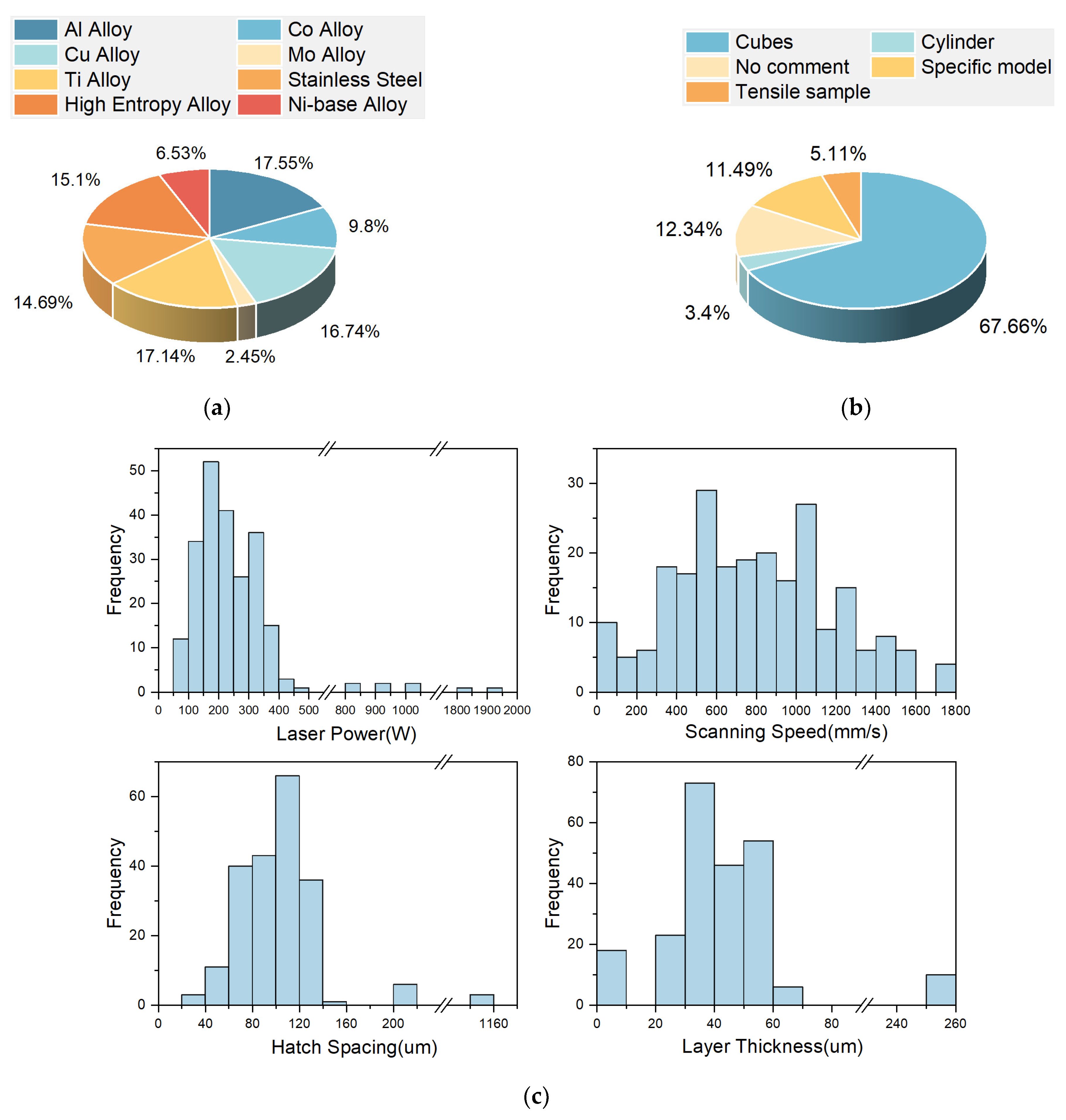

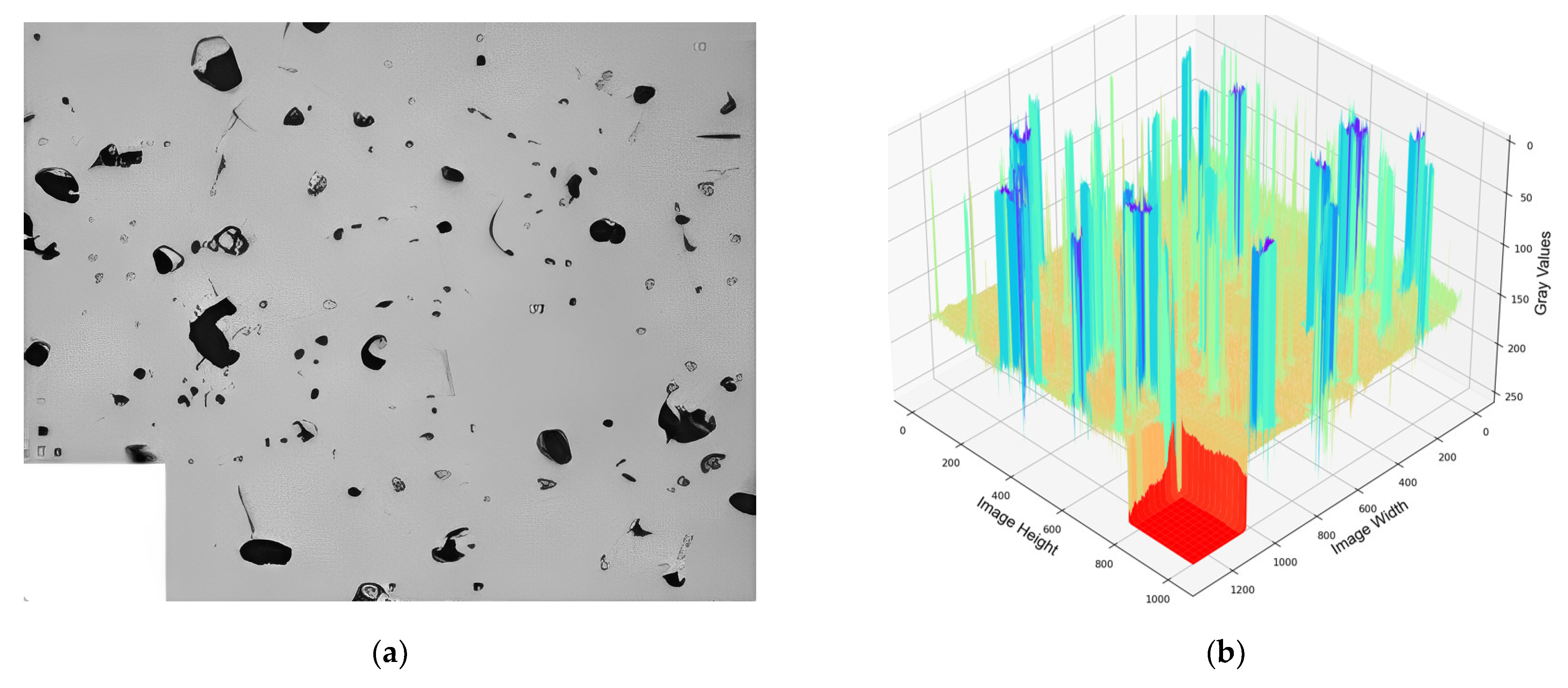


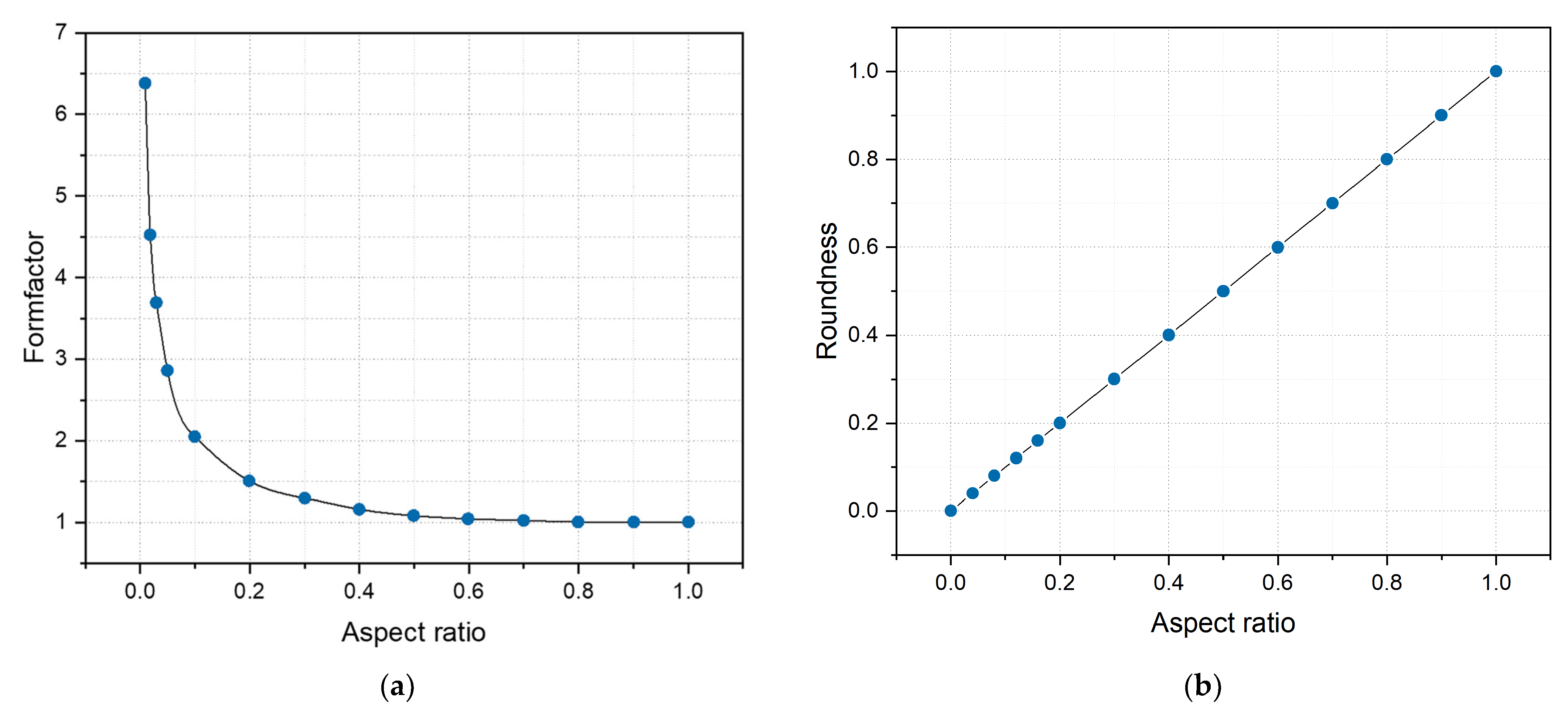
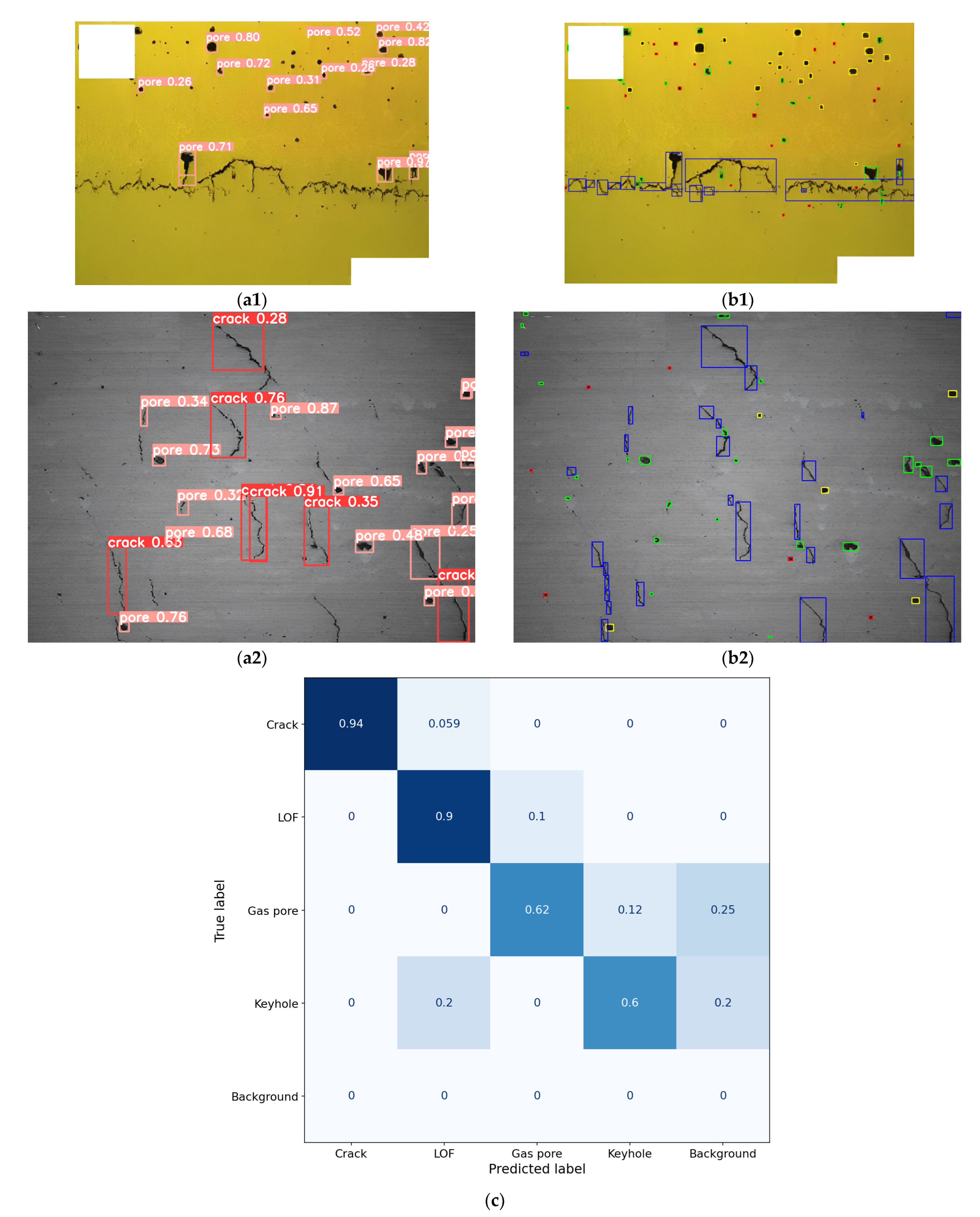
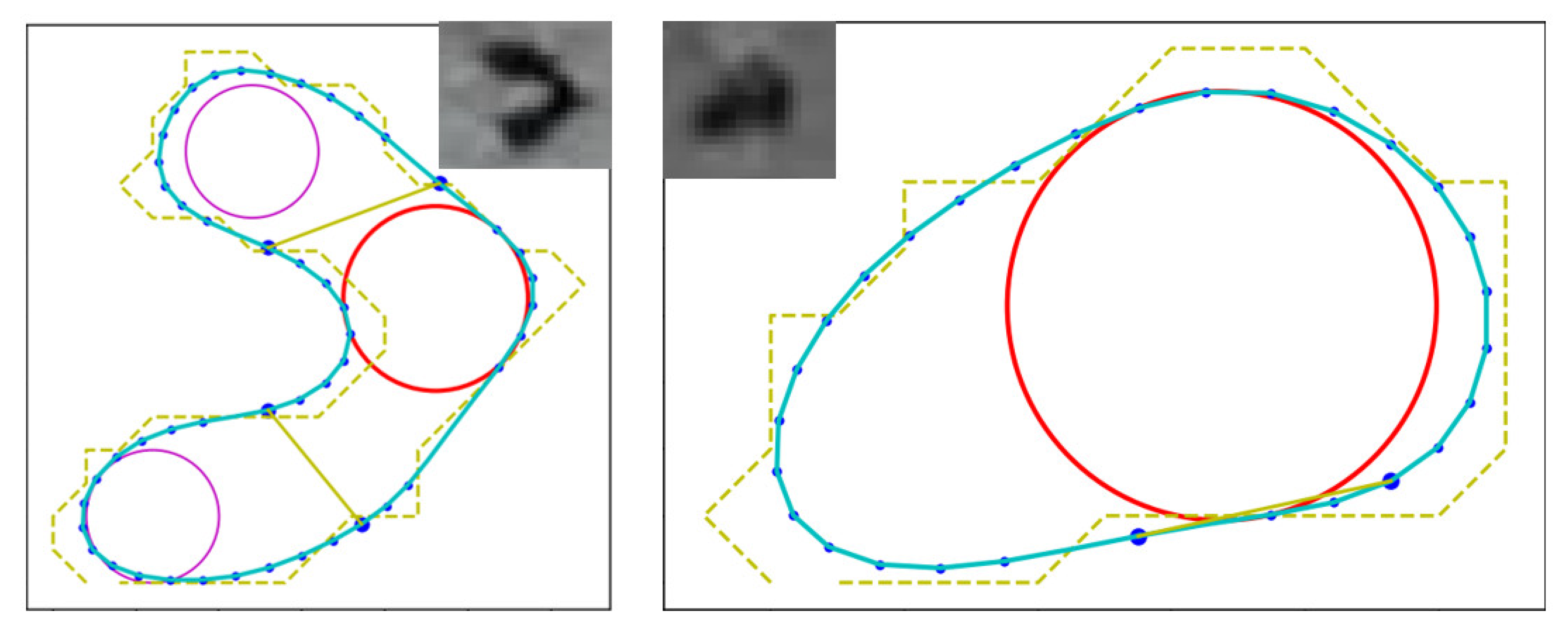

| Procedure | Pore Defect Class | Formfactor | Roundness | Bluntness | Feret Diameter |
|---|---|---|---|---|---|
| First step: Irregular-shaped | Crack | FF ≤ 0.3 | Rd ≤ 0.3 | / | / |
| LOF | 0.3 < FF < 0.7 | / | / | / | |
| Second step: Circular-shaped | Gas pore | FF ≥ 0.7 Rd ≥ 0.7 | Bt ≥ 0.65 | FD ≤ FD average value | |
| Keyhole | Bt < 0.65 | FD ≥ FD average value | |||
| Test Images | MPA | MIoU |
|---|---|---|
| Uneven lighting | 0.8412 | 0.8366 |
| Low contrast | 0.9306 | 0.8969 |
| Fusion boundaries | 0.9202 | 0.8653 |
Disclaimer/Publisher’s Note: The statements, opinions and data contained in all publications are solely those of the individual author(s) and contributor(s) and not of MDPI and/or the editor(s). MDPI and/or the editor(s) disclaim responsibility for any injury to people or property resulting from any ideas, methods, instructions or products referred to in the content. |
© 2024 by the authors. Licensee MDPI, Basel, Switzerland. This article is an open access article distributed under the terms and conditions of the Creative Commons Attribution (CC BY) license (https://creativecommons.org/licenses/by/4.0/).
Share and Cite
Li, J.; Zhang, X.; Ma, F.; Wang, S.; Huang, Y. Simultaneous Pore Detection and Morphological Features Extraction in Laser Powder Bed Fusion with Image Processing. Materials 2024, 17, 1373. https://doi.org/10.3390/ma17061373
Li J, Zhang X, Ma F, Wang S, Huang Y. Simultaneous Pore Detection and Morphological Features Extraction in Laser Powder Bed Fusion with Image Processing. Materials. 2024; 17(6):1373. https://doi.org/10.3390/ma17061373
Chicago/Turabian StyleLi, Jiaming, Xiaoxun Zhang, Fang Ma, Shuxian Wang, and Yuanyou Huang. 2024. "Simultaneous Pore Detection and Morphological Features Extraction in Laser Powder Bed Fusion with Image Processing" Materials 17, no. 6: 1373. https://doi.org/10.3390/ma17061373





